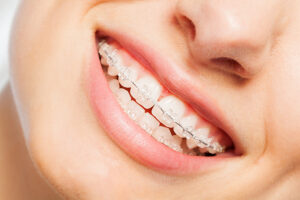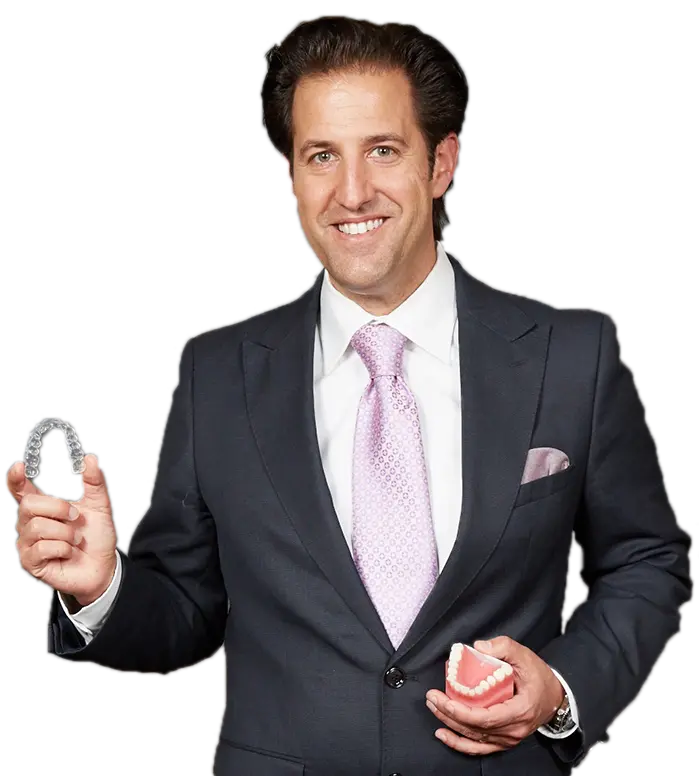Invisalign vs. Traditional Braces: Which is Best for Adults and Teens in Princeton & Hillsborough?
When it comes to improving your smile, one common comparison comes up again and again: Invisalign vs traditional braces. Teens and adults in Princeton and Hillsborough often ask which option makes more sense for their lifestyle, goals, and budget. Both can achieve excellent results, but they work differently and come with their own pros and cons.
If you’re considering orthodontic care for yourself or a family member, it helps to understand how these treatments stack up. From appearance and comfort to cost and maintenance, knowing what to expect can make your decision much easier.
Invisalign vs Traditional Braces: What’s the Difference?

Before weighing the pros and cons, it’s important to know what sets these two treatments apart.
Invisalign
-
Uses a series of clear plastic aligners
-
Custom-made to gradually shift teeth into place
-
Removable for eating, brushing, and flossing
-
Requires consistent wear (20–22 hours a day)
-
Typically changed every 1 to 2 weeks
Many patients prefer Invisalign for its low-profile appearance. It fits seamlessly into social and professional routines, especially for adults and image-conscious teens. But it also requires discipline, since it only works if worn as instructed.
Traditional Braces
-
Metal or ceramic brackets are fixed to the teeth
-
Connected by wires that are adjusted regularly
-
Work continuously throughout the day and night
-
Suitable for mild to severe alignment issues
Traditional braces have been around for decades because they’re reliable. They don’t depend on patient compliance in the same way aligners do, and they can correct more complex cases. Modern brackets are also smaller and more comfortable than they used to be.
Each option uses a different approach to achieve the same goal: a straighter, healthier smile. The right choice depends on factors like your age, habits, and the complexity of your bite.
Effectiveness for Teens vs. Adults
Orthodontic treatment can work well at any age, but the approach may differ depending on whether it’s for a teenager or an adult. Invisalign vs traditional braces offer distinct advantages depending on the patient’s stage of life and dental needs.
For Teens
Teens often face issues like overcrowding, bite problems, or gaps. Both Invisalign Teen and traditional braces can correct these. However, there are a few things to consider:
-
Invisalign Teen includes features like wear indicators to track usage.
-
Since the aligners are removable, teens need to be consistent about wearing them.
-
Traditional braces might be a safer bet if compliance is a concern.
-
Braces don’t rely on habits—they’re always working.
Some teens prefer Invisalign for its discreet appearance, especially during social events or school. Others might do better with braces if they’re likely to misplace or forget their aligners.
For Adults
Adults often have different concerns than teens. They might be more focused on discreet treatment or may have more complex dental issues due to past wear or missing teeth.
-
Invisalign appeals to adults who want subtle treatment with fewer lifestyle disruptions.
-
Aligners are easy to manage around work, parenting, and meals.
-
Traditional braces may be recommended for more advanced movement or structural issues.
Adults also tend to be more consistent with treatment, which makes Invisalign a strong option—provided the case isn’t too severe. Still, braces remain a dependable solution for a wide range of alignment problems.
Aesthetic Appeal and Comfort
Appearance and comfort play a big role in deciding between Invisalign vs traditional braces. Both treatments are designed to improve your smile, but they look and feel very different during the process.
How They Look
-
Invisalign is nearly invisible when worn. The clear plastic trays fit snugly over your teeth, making them a popular choice for adults and teens who want a more discreet option.
-
Traditional braces are more noticeable. They use metal or ceramic brackets and wires that stay on the teeth for the duration of treatment. Ceramic brackets are less visible than metal but still more noticeable than aligners.
For patients concerned about how they’ll look in photos or during presentations, Invisalign often feels like the more comfortable choice visually.
Day-to-Day Comfort
-
Invisalign trays are smooth and molded to your teeth. Most patients find them easy to get used to after the first few days.
-
Braces can cause irritation to the lips and cheeks, especially when they’re first placed or after adjustments.
-
Braces also include wires and brackets that can occasionally break or poke, needing a quick fix from your orthodontist.
Both options involve pressure to move the teeth, which can cause temporary soreness. However, Invisalign often leads to less discomfort overall because of how it’s designed and how gradually the changes happen.





